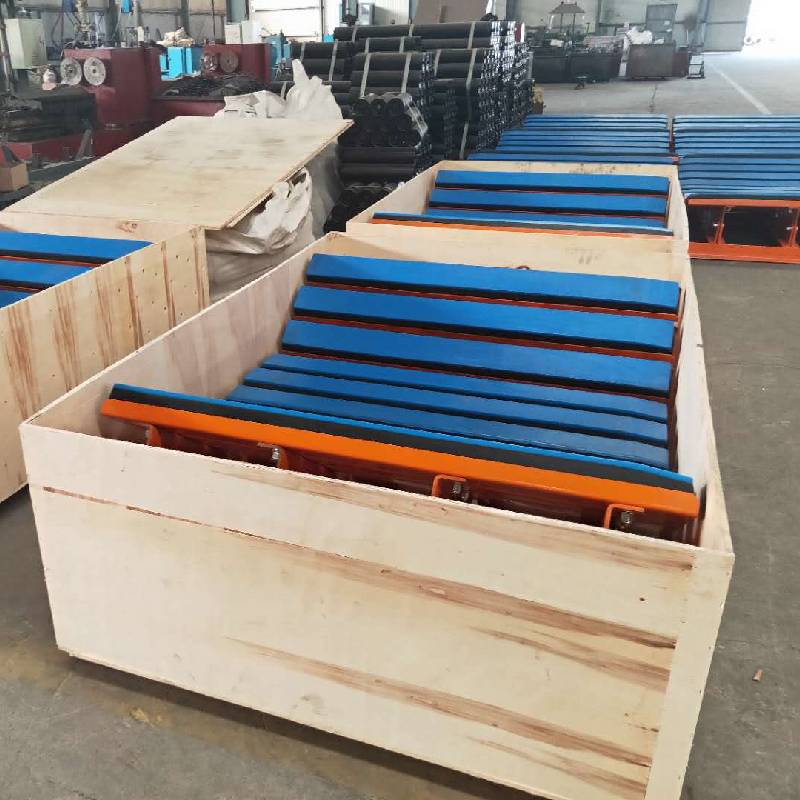 Afrikaans
Afrikaans  Albanian
Albanian  Amharic
Amharic  Arabic
Arabic  Armenian
Armenian  Azerbaijani
Azerbaijani  Basque
Basque  Belarusian
Belarusian  Bengali
Bengali  Bosnian
Bosnian  Bulgarian
Bulgarian  Catalan
Catalan  Cebuano
Cebuano  Corsican
Corsican  Croatian
Croatian  Czech
Czech  Danish
Danish  Dutch
Dutch  English
English  Esperanto
Esperanto  Estonian
Estonian  Finnish
Finnish  French
French  Frisian
Frisian  Galician
Galician  Georgian
Georgian  German
German  Greek
Greek  Gujarati
Gujarati  Haitian Creole
Haitian Creole  hausa
hausa  hawaiian
hawaiian  Hebrew
Hebrew  Hindi
Hindi  Miao
Miao  Hungarian
Hungarian  Icelandic
Icelandic  igbo
igbo  Indonesian
Indonesian  irish
irish  Italian
Italian  Japanese
Japanese  Javanese
Javanese  Kannada
Kannada  kazakh
kazakh  Khmer
Khmer  Rwandese
Rwandese  Korean
Korean  Kurdish
Kurdish  Kyrgyz
Kyrgyz  Lao
Lao  Latin
Latin  Latvian
Latvian  Lithuanian
Lithuanian  Luxembourgish
Luxembourgish  Macedonian
Macedonian  Malgashi
Malgashi  Malay
Malay  Malayalam
Malayalam  Maltese
Maltese  Maori
Maori  Marathi
Marathi  Mongolian
Mongolian  Myanmar
Myanmar  Nepali
Nepali  Norwegian
Norwegian  Norwegian
Norwegian  Occitan
Occitan  Pashto
Pashto  Persian
Persian  Polish
Polish  Portuguese
Portuguese  Punjabi
Punjabi  Romanian
Romanian  Russian
Russian  Samoan
Samoan  Scottish Gaelic
Scottish Gaelic  Serbian
Serbian  Sesotho
Sesotho  Shona
Shona  Sindhi
Sindhi  Sinhala
Sinhala  Slovak
Slovak  Slovenian
Slovenian  Somali
Somali  Spanish
Spanish  Sundanese
Sundanese  Swahili
Swahili  Swedish
Swedish  Tagalog
Tagalog  Tajik
Tajik  Tamil
Tamil  Tatar
Tatar  Telugu
Telugu  Thai
Thai  Turkish
Turkish  Turkmen
Turkmen  Ukrainian
Ukrainian  Urdu
Urdu  Uighur
Uighur  Uzbek
Uzbek  Vietnamese
Vietnamese  Welsh
Welsh  Bantu
Bantu  Yiddish
Yiddish  Yoruba
Yoruba  Zulu
Zulu conveyor belt pulley
Understanding Conveyor Belt Pulleys Essentials for Efficient Material Handling
Conveyor belt systems are vital components in industries ranging from manufacturing to logistics, as they facilitate the efficient movement of materials and products. One of the key elements in these systems is the conveyor belt pulley, which plays a crucial role in ensuring smooth operation and durability. This article explores the importance, types, and maintenance of conveyor belt pulleys.
What is a Conveyor Belt Pulley?
A conveyor belt pulley is a cylindrical device that is mounted on the conveyor structure and is responsible for driving the conveyor belt. Typically made from robust materials such as steel or aluminum, pulleys come in various sizes and configurations to accommodate different conveyor designs and load capacities. They serve essential functions such as supporting the belt, guiding its path, and providing tension control, which are critical for the system's efficiency and longevity.
Types of Conveyor Belt Pulleys
There are several types of conveyor belt pulleys, each designed for specific functions
1. Drive Pulleys These are situated at the discharge end of the conveyor and are powered by motors. Drive pulleys are typically larger and provide the necessary force to move the belt and its load.
2. Idler Pulleys Found along the length of the conveyor, idler pulleys help support the belt and maintain its tension without being driven by a motor. They are essential for ensuring that the belt operates efficiently.
conveyor belt pulley

3. Tail Pulleys Located at the end of the conveyor system, tail pulleys help in returning the belt to its original position. They often include features to help with belt tracking and tension management.
4. Snub Pulleys These pulleys increase the contact area between the belt and the drive pulley, enhancing friction and improving the belt's grip. Snub pulleys can be crucial in applications where increased traction is necessary.
Importance of Maintenance
Regular maintenance of conveyor belt pulleys is essential for optimal performance. Routine inspections should be conducted to check for wear and tear, misalignment, and any buildup of debris that may hinder efficiency. Bearings, in particular, are critical components that should be lubricated regularly to prevent overheating and potential failure.
Proper maintenance not only extends the life of the pulleys but also reduces the risk of unexpected downtime, which can lead to significant production losses. In addition, a well-maintained pulley system contributes to overall safety in the workplace, minimizing the risk of accidents caused by equipment failure.
Conclusion
In summary, conveyor belt pulleys are fundamental to the operation of conveyor systems, influencing both efficiency and safety. Understanding the types of pulleys and their functions can greatly assist in choosing the right components for specific applications. Furthermore, regular maintenance ensures that these vital parts perform optimally, contributing to the smooth operation of material handling processes across various industries. Investing in quality pulleys and their upkeep is a smart strategy for any business that relies on conveyor systems.
-
Revolutionizing Conveyor Reliability with Advanced Rubber Lagging PulleysNewsJul.22,2025
-
Powering Precision and Durability with Expert Manufacturers of Conveyor ComponentsNewsJul.22,2025
-
Optimizing Conveyor Systems with Advanced Conveyor AccessoriesNewsJul.22,2025
-
Maximize Conveyor Efficiency with Quality Conveyor Idler PulleysNewsJul.22,2025
-
Future-Proof Your Conveyor System with High-Performance Polyurethane RollerNewsJul.22,2025
-
Driving Efficiency Forward with Quality Idlers and RollersNewsJul.22,2025





























